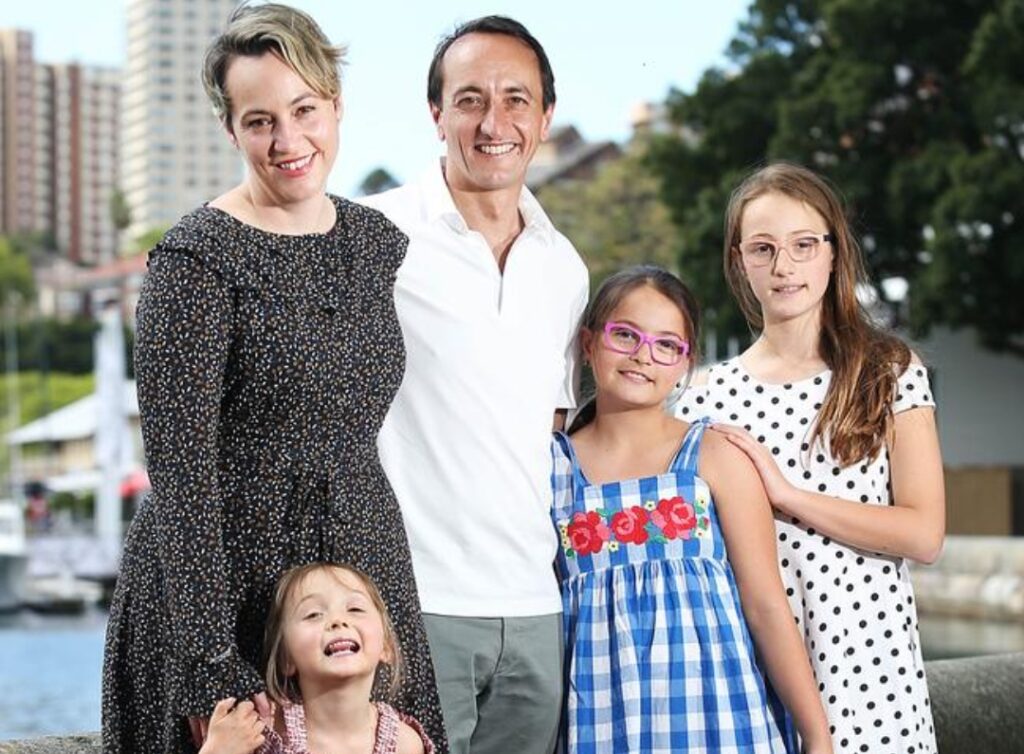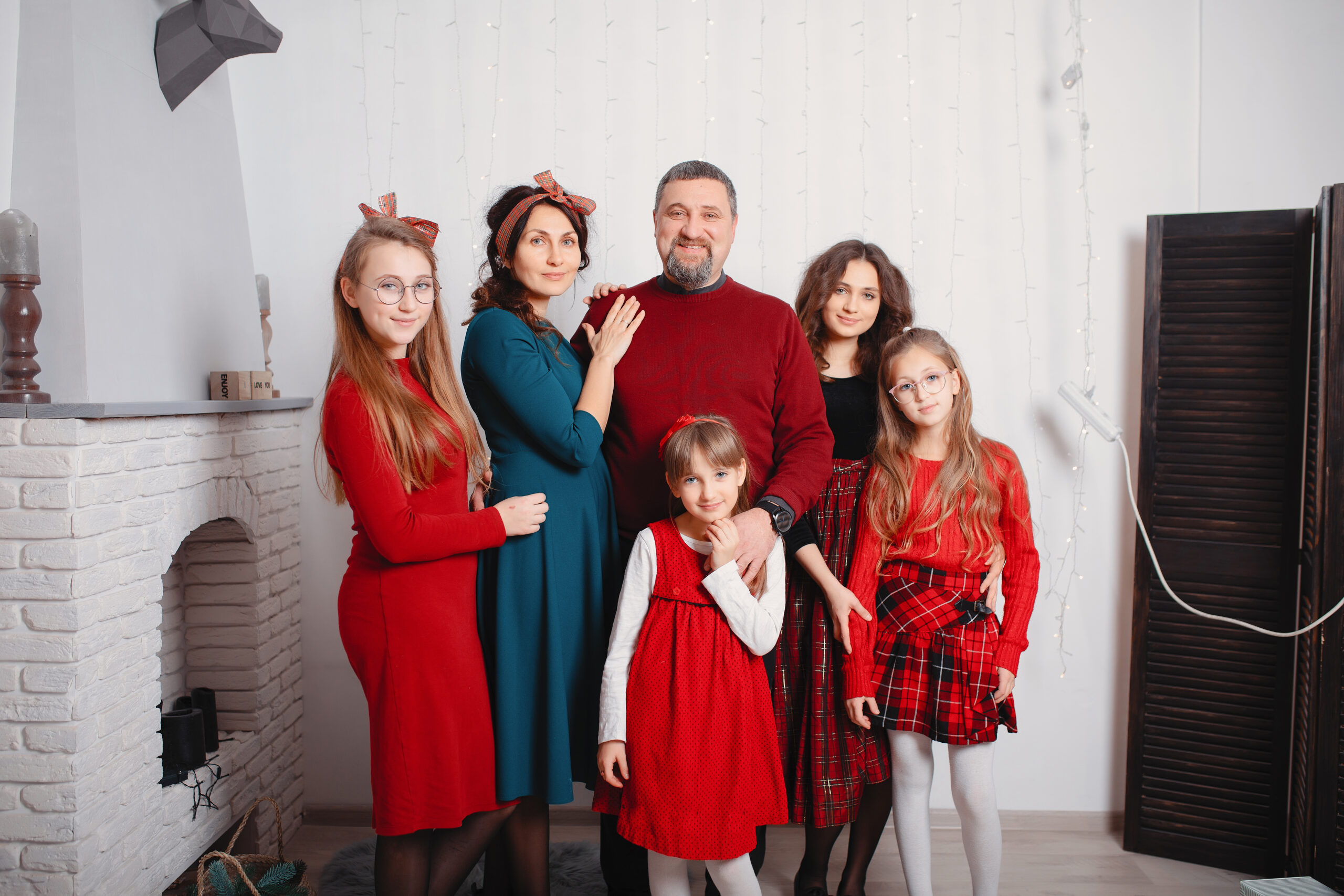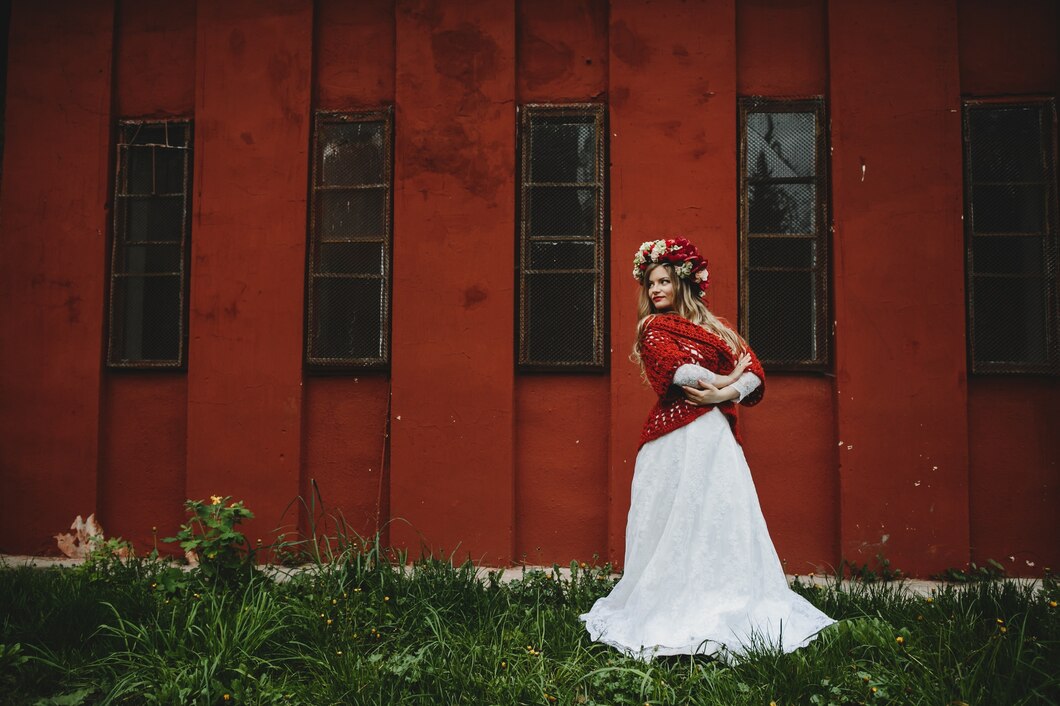Family dress, or coordinated outfits worn by family members, is a unique and endearing tradition that has evolved significantly over the years. While it might seem like a modern trend popularized by social media, the concept of family dress has deep cultural roots and carries significant meaning in various societies around the world. This article explores the history, cultural significance, and contemporary relevance of family dress, along with real-world examples and statistics to provide a comprehensive understanding.
A Brief History of Family Dress
The tradition of family dress dates back centuries, with origins in various cultures across the globe. In many traditional societies, coordinated family outfits were a way to represent unity and solidarity. For instance, in many African cultures, families wear matching outfits made from the same fabric, known as “Ankara” or “Kente,” during significant events such as weddings, funerals, and festivals. This practice symbolizes family cohesion, cultural heritage, and collective identity.
In the Victorian era, family dress became a symbol of social status and unity among European aristocrats. Families would commission tailor-made outfits in similar fabrics and styles to showcase their wealth and social standing. This trend later trickled down to the middle class, becoming a widespread practice.
The Cultural Significance of Family Dress

Family dress goes beyond just matching outfits; it is deeply rooted in cultural identity and familial bonds. Here are some cultural significances associated with family dress:
- Symbol of Unity and Togetherness: Wearing coordinated outfits symbolizes a strong bond among family members. It reflects unity and a shared sense of identity. In countries like Nigeria and Ghana, wearing traditional matching attire during events signifies a family’s unity and collective participation in cultural practices.
- Expression of Cultural Heritage: In many cultures, family dress serves as an expression of cultural heritage. It allows families to showcase their cultural pride and maintain traditions passed down through generations. For example, in India, families often wear traditional attire such as sarees, dhotis, and kurta-pajamas during festivals like Diwali and weddings, reflecting their cultural heritage.
- Representation of Social Status: In some societies, coordinated family dress represents social status. In the past, wealthy families in Western societies wore matching outfits to signify their affluence. Today, in some Asian cultures, such as in China and Japan, families wear matching attire during important festivals like Lunar New Year to display social cohesion and prosperity.
Modern Trends in Family Dress
The advent of social media and the influence of pop culture have given rise to new trends in family dress. Influencers and celebrities often post pictures of their families in coordinated outfits, inspiring their followers to adopt similar practices. This phenomenon has significantly impacted fashion retailers, with many now offering “mini-me” collections designed specifically for parents and children to dress alike.
According to a 2022 survey by GlobalData, the “mini-me” trend has seen a 30% increase in popularity over the last five years, especially among millennial parents. The survey also found that 60% of respondents believe that wearing coordinated outfits strengthens family bonds and enhances family outings or celebrations.
Real-World Examples of Family Dress
Several real-world examples highlight the cultural and contemporary relevance of family dress:
- African Festivals and Ceremonies: In African countries like Nigeria, Ghana, and Kenya, family dress plays a central role during cultural festivals and ceremonies. During weddings, for instance, the bride and groom’s families often wear matching “Aso Ebi,” a Yoruba term meaning “family cloth.” This practice symbolizes unity and communal support for the couple.
- Japanese Family Celebrations: In Japan, wearing coordinated outfits during family celebrations is a common practice. For instance, during Shichi-Go-San (a traditional rite of passage for children aged three, five, and seven), families often wear matching kimonos to celebrate their children’s growth and well-being.
- American Holidays and Family Photoshoots: In the United States, the trend of coordinated family dress is popular during holidays such as Christmas and Thanksgiving. Families often wear matching pajamas or themed outfits for holiday photoshoots, reflecting a sense of togetherness and holiday spirit.
- Celebrity Influence: Celebrities like Beyoncé, Kim Kardashian, and Chrissy Teigen have popularized family dress by frequently sharing photos of their families in coordinated outfits on social media platforms like Instagram. This has inspired a global trend, with many families emulating their favorite celebrities’ styles.
The Impact of Family Dress on the Fashion Industry

The growing popularity of family dress has significantly impacted the fashion industry. According to a report by Business of Fashion, the global market for matching family outfits is expected to reach $5 billion by 2025, driven by increasing consumer demand for personalized and unique fashion experiences. Major fashion brands like H&M, Zara, and Gap have launched dedicated family collections to cater to this growing market.
Furthermore, the rise of e-commerce platforms has made it easier for families to purchase coordinated outfits. Online retailers such as Etsy and Amazon offer a wide range of customizable family outfits, catering to various tastes and preferences. This accessibility has further fueled the trend, making it a global phenomenon.
Psychological Benefits of Family Dress
Beyond cultural and social significance, family dress has several psychological benefits:
- Enhanced Family Bonding: Wearing matching outfits can enhance the sense of belonging and togetherness among family members. It provides a visual representation of family unity, fostering a sense of pride and belonging.
- Increased Confidence: Studies have shown that coordinated outfits can boost individual confidence. When family members wear matching outfits, they often feel more connected and supported, increasing self-esteem and confidence.
- Strengthened Family Identity: Family dress helps create a strong family identity. It reinforces family values and traditions, fostering a sense of continuity and connection across generations.
Statistics Supporting the Popularity of Family Dress
Several statistics highlight the growing popularity of family dress:
- A survey by Mintel in 2023 found that 45% of parents in the United States have purchased matching outfits for their families in the past year.
- According to a report by Statista, the global market for matching family outfits has grown by 25% annually over the past five years.
- A 2021 study by YouGov found that 55% of respondents in the UK believe that wearing matching outfits strengthens family bonds and enhances special occasions.
How to Choose the Perfect Family Dress
Choosing the perfect family dress requires careful consideration of several factors:
- Occasion: The occasion plays a crucial role in determining the style and type of family dress. For formal events like weddings or religious ceremonies, traditional or formal attire may be more appropriate. For casual outings or holiday photoshoots, casual matching outfits or themed costumes might be more suitable.
- Comfort and Practicality: It is essential to consider comfort and practicality when selecting family outfits. Ensuring that the outfits are comfortable and suitable for the occasion can make the experience more enjoyable for all family members.
- Personal Style and Preferences: Family dress should reflect the personal style and preferences of each family member. It is important to choose outfits that everyone feels comfortable and confident wearing.
- Budget: Budget is another important consideration when choosing family outfits. Coordinated family outfits can range from affordable to high-end designer collections. It is important to choose outfits that align with your budget while meeting your style and comfort needs.
Conclusion: The Enduring Appeal of Family Dress
Family dress is more than just a trend; it is a meaningful tradition that transcends cultural boundaries and generations. Whether worn to celebrate cultural heritage, showcase family unity, or create memorable moments, family dress continues to hold significant cultural, social, and psychological value. As the trend grows, its impact on the fashion industry and its ability to bring families closer together remains undeniable.
The evolution of family dress reflects the dynamic nature of cultural practices and fashion trends. From traditional attire to contemporary styles, family dress continues to evolve, adapting to the changing needs and preferences of families worldwide. Its enduring appeal lies in its ability to foster a sense of belonging, unity, and pride among family members, making it a cherished tradition for generations to come.










